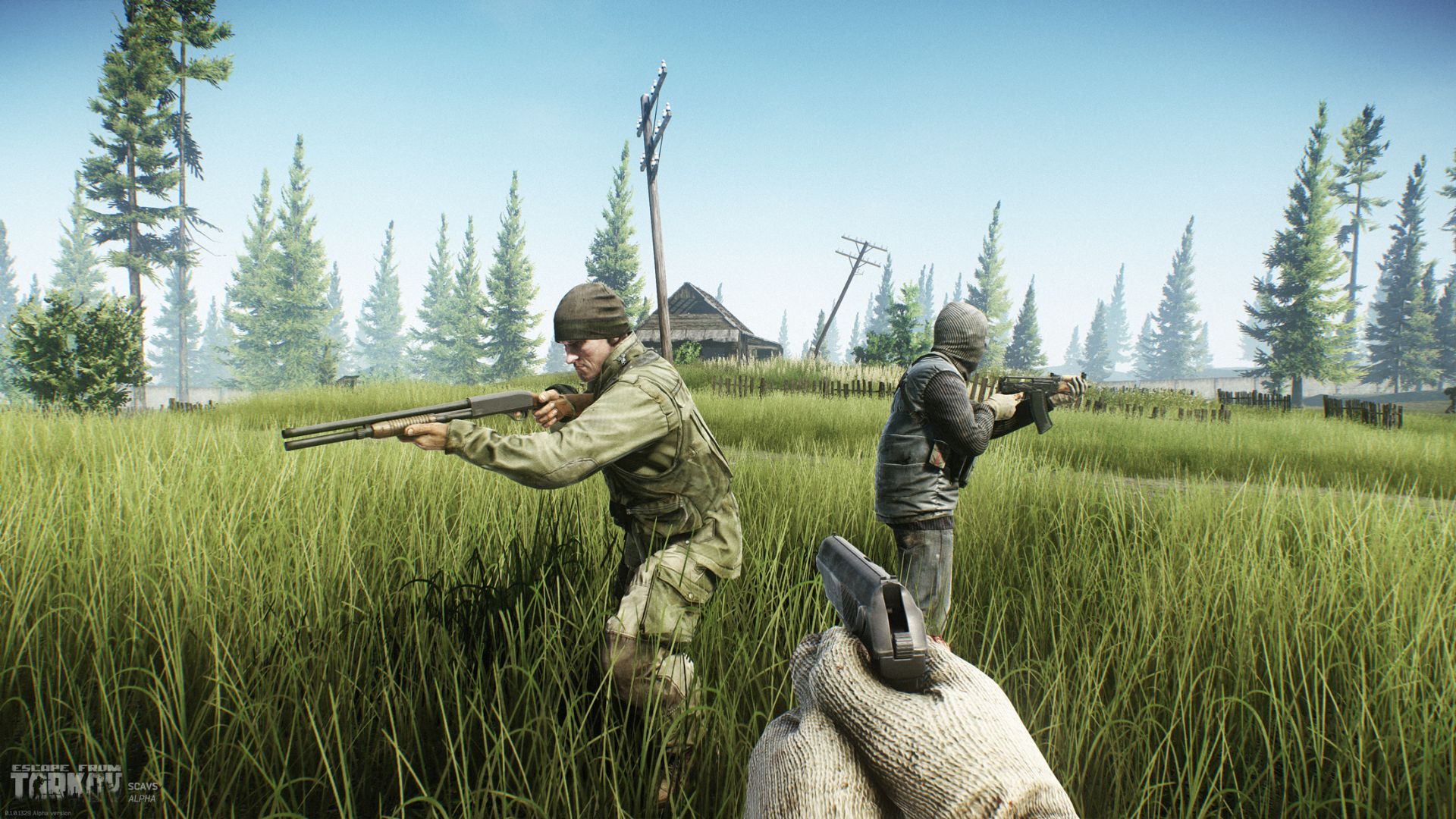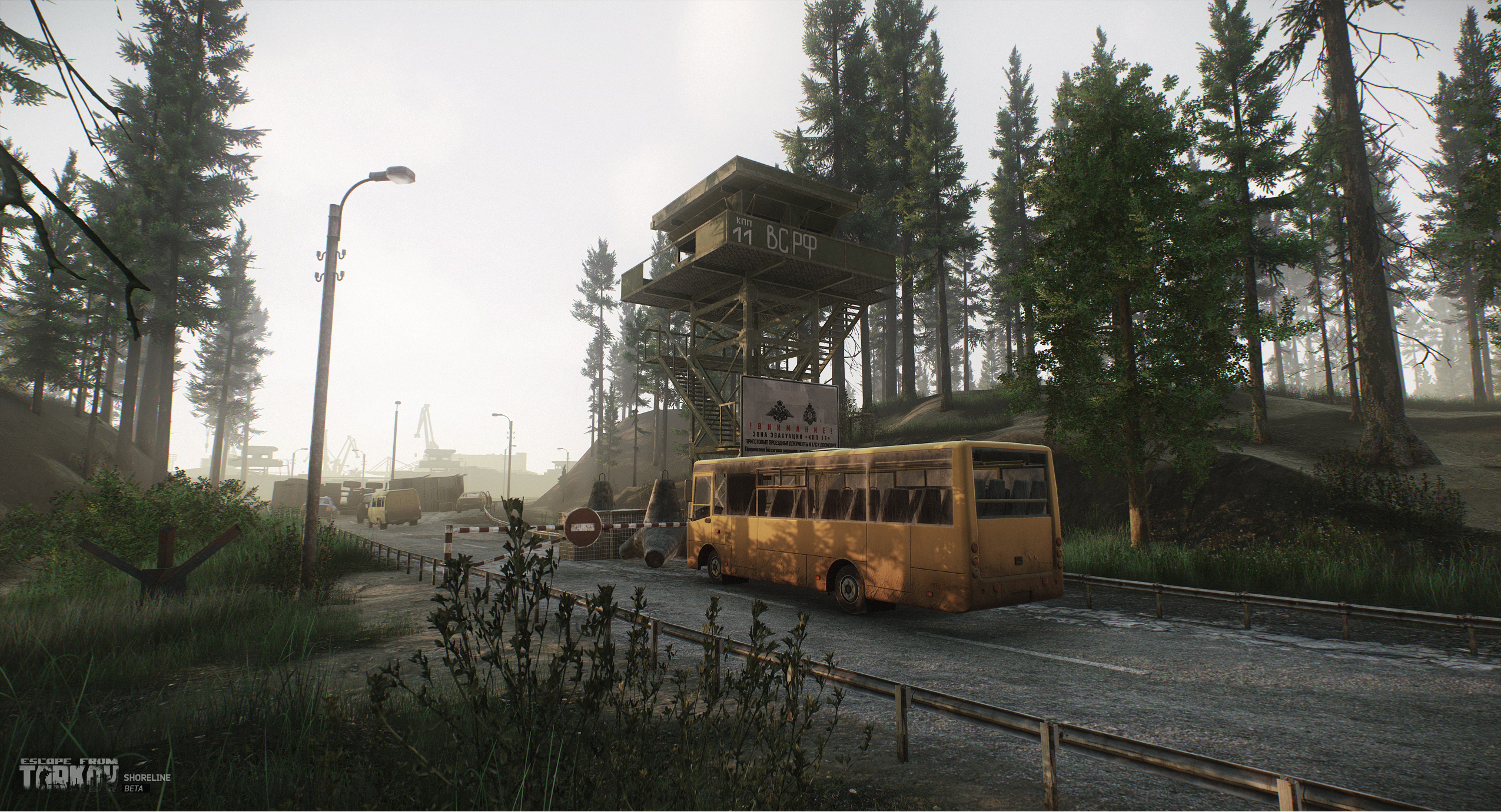Escape From Tarkov loot guide: How to loot and find key locations

One of the alluring things about Escape From Tarkov is that the primary goal of every player can be very different. Unlike games like PUBG or Fortnite, each gameplay session, known as a raid, is not just about getting kills on other players. Equally important is searching for and acquiring loot.
Escape From Tarkov uses a complex looting and bartering system that rewards careful looting during each raid. This means you’ll need to know what to look for as efficiently as possible. If you’re still new to the world of Tarkov and if looting piques your interest as much or possibly more than the game’s unforgiving combat, then check out our Escape from Tarkov loot guide below.
Know your loot containers

Looting is as simple as finding a container and waiting a brief period for your character to finish inspecting it to display the available contents. But not all containers are alike. Large crates are likely to contain weapons or large quantities of items, like medical supplies. Once you get familiar enough with the game, you’ll be able to see the difference between the crates that can contain weapons and the ones that can contain other items.
All loot sources, be they crates or smaller things like jackets hanging on hooks, will appear in the same locations during each raid. All loot in Escape From Tarkov takes up space on a grid, either in your personal inventory or in the containers. So larger crates can potentially spawn in larger, more valuable items.
How to use your loot in Escape From Tarkov: bartering, quests and the flea market
Some of your loot will be immediately useful, like healing items, survival items, weapons and ammo. But some things, like electronics, need to be brought to the right people outside of a raid. In general, there are three things you can do with these kinds of items: you can barter them to a Dealer NPC, you can turn them in to a Dealer to fulfill specific quests that you may have taken on or you can sell them on the flea market.
Bartering with the various Dealer NPCs will net you everything from guns, larger backpacks, weapon mods, medical supplies and anything else you could possibly need. Bartering, like everything else related to the Dealers, relies on your loyalty level with that Dealer. Increase it by doing quests for that Dealer, and your barter options widen. You can also buy things with currency from the Dealers, and this list also grows as your loyalty increases. Bare in mind, loyalty to one Dealer can reduce loyalty to another.
Taking on quests from Dealers, as mentioned, will increase your loyalty while also netting you some very valuable reward items. Some quests require you to turn in specific items, very similar to regular bartering. Many also require you kill specific player and NPC targets. Working through the Dealer quests currently functions as the game’s primary campaign until a proper story campaign is added later.
Get instant access to breaking news, the hottest reviews, great deals and helpful tips.
The flea market is where you’ll do all the rest of your various deal-making. If you’ve got something a Dealer doesn’t want or that is far more valuable than a Dealer’s reward is worth, take it to the flea market and post your price for other player’s to take a look at. Your trade history will be tracked through a basic reputation system that goes up the more trades you complete and goes down the more trades you choose to cancel, and the amount of offers you can post at one time is based off of this reputation score.
Escape From Tarkov key locations: Where to look for keys

Keys are very special items that grant you access to locked doors which often contain the best loot on each map. Keys spawn in very rarely, but there are places to look to help increase your odds of finding them.The official wiki has each key’s potential location listed in detail along with the corresponding locked location and potential rewards.
Smaller containers, like jackets and buried loot caches, tend to hold certain keys. Some keys have set spawn locations, although they aren’t guaranteed to show up during each raid and their known location means other players are going to be prowling nearby. Other keys have multiple possible locations, these are the ones likely to unlock the most valuable loot caches like the KIBA gun store in the Interchange map.
Most keys have infinite uses, while others break after a set number of uses. Remember that while you can find keys as a Scav, in order to take them back into a raid for subsequent use you’ll have to risk bringing in your PMC. If you need more info on the difference between Scavs and PMCs, check out our Escape From Tarkov starter’s guide.
Andrew Melcon is a freelance writer who specializes in covering games and gaming hardware. He's tackled everything from PC game controllers to Pokémon and PUBG and his work has appeared on sites including Tom's Guide, Tom's Hardware, Laptop Mag, and more.
